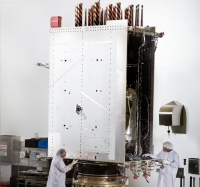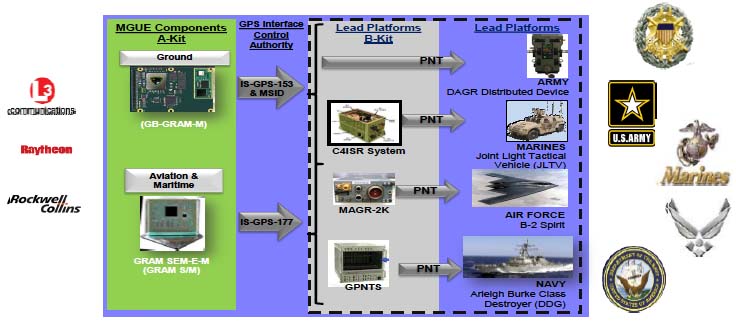Naval Observatory Selects NovAtel’s GPS Anti-Jam Technology

The U.S. Naval Observatory (USNO) has selected NovAtel’s GPS anti-jam technology (GAJT) for controlled reception pattern antenna (CRPA) capability at Defense Department Information Network (DoDIN) sites, the company said.
The U.S. Navy has ordered more than 600 NovAtel GAJT antennas, which work with civil and military receivers, the company said.
By Inside GNSS










